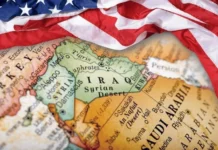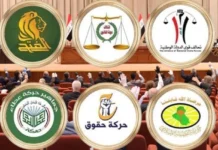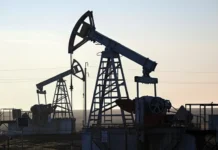Why Central Banks aren’t Done Buying Gold
APMEX: 7-20-2025
Central banks worldwide have become the most enthusiastic buyers of gold, elevating it to the position of the world’s second-largest reserve currency, surpassing the euro and increasingly challenging the dominance of the US dollar.
This trend is a continuation of a long-term policy that started gaining momentum after the 2008 global financial crisis and the ensuing quantitative easing measures.
Despite a period of relative disinterest in gold from 2011 to 2020, central banks quietly accumulated reserves throughout, with purchases accelerating significantly in recent years, particularly in 2022. This surge in gold buying is driven by geopolitical instability, economic uncertainty, and the desire to hold an asset that carries no counterparty or default risk.
The World Gold Council’s recent survey of central banks reveals a strong consensus that gold will continue to play a larger role in global reserves over the next five years. Nearly all surveyed central banks expect to increase their gold holdings in the near term.
This trend contrasts with the weakening confidence in the US dollar, whose share of foreign reserves has been steadily declining and is expected to continue this trend. The loss of the US government’s AAA credit rating, ongoing fiscal challenges, and inflation concerns contribute to central banks’ preference for gold as a stable and risk-free asset.
Gold’s appeal lies not only in its historical performance during times of crisis but also in its role as an inflation hedge and a reliable store of value that is not subject to default risk. Alternative reserve currencies like the euro, yuan, and yen also carry risks such as inflation and potential default, making gold an increasingly attractive option.
The combination of sustained accumulation and rising gold prices solidifies its position as a key pillar of global reserve assets. For investors, the ongoing commitment of central banks to gold suggests continued support for a strong gold market, at least in the near future.
In conclusion, the video presents a comprehensive overview of why central banks are heavily investing in gold, revealing a strategic shift driven by risk management, geopolitical and economic uncertainty, and declining confidence in traditional fiat currencies, especially the US dollar.
For investors, understanding this dynamic is crucial as it underpins the ongoing strength and future potential of the gold market.
https://www.youtube-nocookie.com/embed/gfa0KPgChNs?feature=oembed&enablejsapi=1
Courtesy of Dinar Guru: https://www.dinarguru.com/
Frank26 Trump is leaving a wake of exchange rate changes on this plant in order for them to play fair and equally with our dollar. If they don’t, they don’t get a part of our economy. If they don’t get a part of our economy, you will fold…If [Iraq] de-pegs from the American dollar…then they’re in position to pair and that means they’re in position to float…They can start at a dollar if they want. Although it would be really stupid. What a waste of time. Start out at $3 or $4+. Let’s get going. We have a lot of work to do.
Mnt Goat …As investors in the dinar, we have to fully understand here what is going on and stop wishing on a rainbow for the RV…it is coming and sooner than you think, I assure you! …When the time is ready for the reinstatement it will kick off with the Project to Delete the Zeros, then monitor for inflation and then if all goes well they will move to reinstate the dinar back to FOREX…
GOLD RUSH HOUR: Reset Timeline, Oklahoma Bail-In & What Most Forget
Taylor Kenny: 7-20-2025
What does a reset actually look like? Is it already happening—and how will you use your gold and silver after it hits?
In this episode, we unpack the mechanics of a currency collapse, the hidden risk of bank bail-ins, and why owning physical assets may be your only real exit.
https://www.youtube-nocookie.com/embed/5U8zYJwhH_I?feature=oembed&enablejsapi=1





